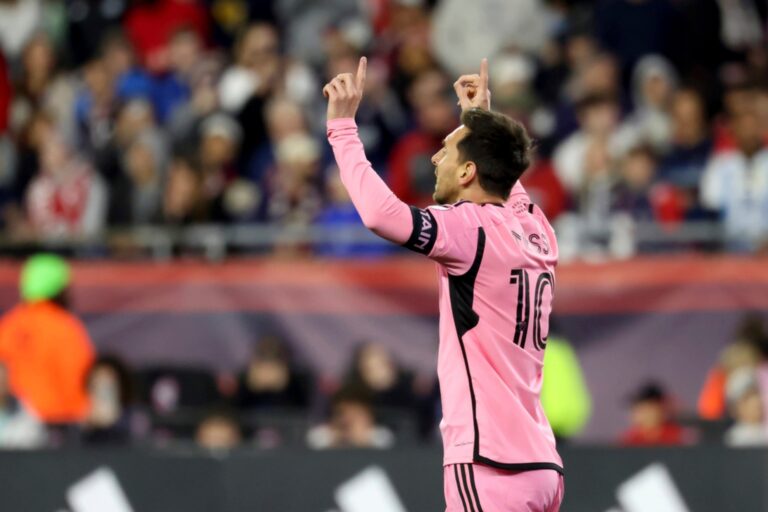The Toxic Cycle of Football Transfers
The video delves into the staggering financial landscape of the football transfer market, highlighting its enormity by comparing the amount spent to purchasing Big Macs or acquiring a social media giant like Twitter. This sets the stage for understanding the immense scale of transactions in the football world.
Chelsea emerges as a significant player in the transfer market, having received over 1.1 billion euros from player sales. However, it’s revealed that their net transfer spend is negative, indicating heavy spending on new players, which is a common trend among top clubs.
Benfica, despite investing heavily in player acquisitions, stands out as the most profitable club in terms of transfers, with a profit of 600 million euros over the last decade. Their success lies in a unique strategy of scouting and nurturing talent, coupled with astute selling practices.
The video emphasizes the paradox of English clubs’ spending habits, where despite investing billions, they often fail to recoup significant profits due to limited sales abroad. This is attributed to the allure of the Premier League, which attracts top talents and retains them within the domestic league.
France, with PSG’s record-breaking transfer of Neymar in 2017, witnessed a spike in spending, illustrating how individual transfers can catalyze broader market trends. The interconnectedness of European football is underscored, as one transfer can trigger ripple effects across the continent.
Benfica’s success is intricately linked to Portugal’s historical ties with Brazil, with Brazilian players forming a substantial portion of their transfer strategy. The cultural and linguistic similarities between the two nations facilitate player movements, making Portugal an attractive destination for aspiring footballers.
The club’s ability to identify and develop talent within Portugal’s football ecosystem, characterized by its uneven distribution of resources, allows Benfica to acquire promising players at relatively low costs. These players are then sold at significant profits, contributing to the club’s financial success.
Despite their financial prowess, Benfica’s overreliance on player sales creates a cycle wherein retaining top talent becomes challenging. The club finds itself trapped in a dilemma: investing in player retention requires higher wages, but financial constraints make it difficult to afford, perpetuating the cycle of player sales.
Ultimately, the video poses a thought-provoking question about whether Benfica can break free from this vicious cycle and compete at the highest levels of European football. It prompts viewers to consider the broader implications of financial dynamics in football and the complexities involved in achieving sustained success.


